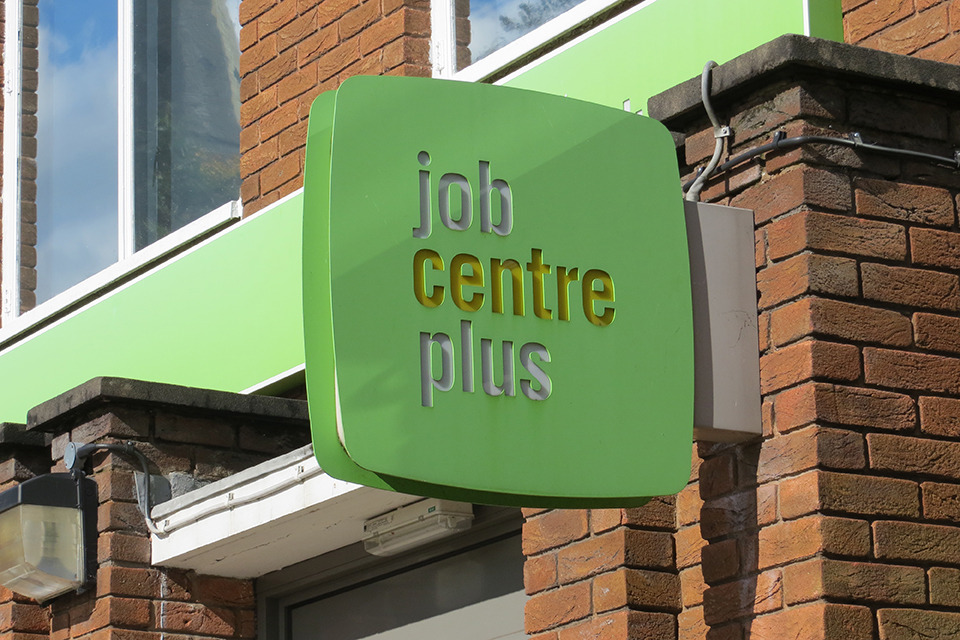PublicTechnology sits down with ONS statisticians to learn more about the organisation’s Environmental and Natural Capital accounts, green jobs, and the value of a view
Credit: Nattanan Kanchanaprat from Pixabay
There are some things it is said you cannot put a price on: happiness, peace of mind, freedom. The shade underneath a tree on a hot day.
Except now – you can. The ONS has calculated that the cooling shade of trees saved the UK £248m in 2017, mostly by maintaining productivity and lowering air conditioning costs on hot days. The removal of air pollution by woodland in the UK amounted to a further saving of £938m in health costs that same year.
These figures form part of the ONS’ Natural Capital accounts, set up to measure the financial and societal value of natural resources to people in the UK.
The research largely concerns areas not easily understood by more traditional GDP-focused approaches – which fail to take into account the impact that economic activity has on the environment.
Adam Dutton, head of Natural Capital at the ONS, recalls a speech given by Robert Kennedy in which the former US senator pointed out that, after something inherently ecologically damaging like an oil spill, for example, GDP will often actually rise.
“Because you’re basically spending money on the clean-up, and that shows up in GDP, but none of the actual damage does,” Dutton explains. “And for a long time, actually for over 100 years, there’s been a set of of economic theories that enable you to start to think about how you would rectify that in public policymaking.”
Which is where natural capital comes in.
The ONS has calculated that the cooling shade of trees saved the UK £248m in 2017
Assigning monetary values to the UK’s natural resources is a complicated business, but one which Dutton hopes will provide policymakers with the strongest possible case to protect the assets most often overlooked by traditional methods of measuring economic activity.
“We’re using something like 275 different data sets or data points,” he says.
These range from “ecological surveys” to “satellite data” – as well as: “the farm business survey, a lot of modelling, crowdsourced data, and we also have administrative data in there.”
Dutton describes the natural capital accounts as a way of “measuring the capital that remains in place after we’ve used an asset, so that we can look at whether we’re using it in a sustainable fashion or not.”
While past attempts at reaching an understanding of the value of natural resources have taken what Dutton describes as “an anthropocentric lens” to the natural environment – breaking them down into a set of goods and services – this is not quite what Natural Capital seeks to achieve.
“There was a realisation that what we really cared about was the asset that provided those services,” explains Dutton. “So, we care more about the fish that are left in the sea and their capacity to produce fish in the long-term than we care about the individual fish coming out of the sea.”
In practice, some resources are more difficult to quantify than others. While it is relatively straightforward to record the potential value of fish, or timber from trees, the societal benefit of living near green spaces is complicated to calculate.
Complicated, but not impossible.
“We took Zoopla data on house prices from 2009 to 2016. And we used that to estimate the value of parks and green space nearby people’s homes, and also the value of a view,” Dutton says.
“And some of the work that we did on that enabled us, at the beginning of the pandemic, to provide analysis for the government to consider how lockdown might disproportionately affect different groups of people because of their [lack of] access to green space.”
It was an unexpected use for the data, but one which clearly demonstrated the importance of understanding the value of our environment.
A good account
Leah Harris, assistant economist on the Environmental Accounts team, says: “We’re measuring an interpretation of the green economy, which doesn’t have a particular definition,” she says of their work, which provides the government with data which can be used to justify policies and taxes to help limit harmful emissions, amongst other environmental actions.
“Basically, the aim is to allow us to look at the relationship between the environment and the economy in different ways,” says Harris.
This includes how the environment contributes to the economy, but also the ways it is impacted by it – and how society responds to environmental issues.
In order to approach these topics, the environmental accounting team follows a set of guidelines established by the United Nations: the System of Environmental-Economic Accounting (SEEA).
These guidelines are employed against an environmental goods and services sector framework (EGSS), which measures areas of the economy engaged in producing goods and services for environmental protection purposes, as well as those engaged in conserving and maintaining natural resources.
Simply put, it allows the team to judge data across a series of predefined criteria, and compare the results across countries.
“As environmental issues, they go across boundaries,” says Harris. “So it is great to have that option if you want to use it for analysis.”
One area of particular interest right now is that of green jobs. In November of last year, the Government launched the Green Jobs Taskforce, setting out an ambition to “support two million green jobs by 2030”.
“One option for defining a green job is using the EGSS framework,” says Harris. “Another option is another data source which our team produces ourselves; a business survey that we’ve set up to meet stakeholder demand, called the Low Carbon Renewable Energy Economy Survey.”
Neither definition is perfect, she argues, but both show how the ONS is working collaboratively across government, with stakeholders in the Department for Business, Energy and Industrial Strategy, as well as the devolved administrations.
“We spoke to the Committee on Climate Change about what data they’d like to see and [where there are] gaps compared to what we can provide. And to Defra about any ways we could help with data about jobs in the nature sector,” says Harris.
“We’re really thinking in the coming months of how we can improve even more and get the data out even more widely.”
Moving forward, the hope for the environmental accounts and natural capital teams is to continue building a more complete account of the value of the UK’s natural resources, as well as assessing the impact of economic activity upon it.
“We’re always trying to keep on top of new ways to improve our statistics each year that we produce them, and make sure we’re using the most relevant data,” says Harris.
She adds, “It’s all about thinking: what’s the data we currently have? How can we improve it? And where might we have gaps we need to fill to meet public and policy demand in the future?”
“We took Zoopla data on house prices from 2009 to 2016. And we used that to estimate the value of parks and green space nearby people’s homes, and also the value of a view.”
Adam Dutton, ONS
This predictive style of analysis is something the Natural Capital team is also looking towards.
“Understanding why things are changing, or projecting into the future, is really the point of doing natural capital assets. So, what we need to do is gather more data and more methods, enabling us to provide a really rich data framework that doesn’t just tell us what’s the biggest value and where it’s come from, but why is it changing?” Dutton says.
He explains that the Natural Capital accounts will ideally look at “what kinds of policy interactions will lead to bigger changes at the national scale, and also project into the future what we think might happen to those assets, so we can create genuine sustainability metrics”.
These metrics will aid and influence policymakers – and necessarily the wider economic sphere, too.
In fact, many larger businesses are already carrying out natural capital accounts assessment to estimate how sustainable their models are.
“I absolutely do think it could be at least as important as profit and loss. And I think that you’re seeing that change incredibly rapidly,” Dutton says.
Harris is also hopeful for what changes a renewed focus on Environmental Accounts and Natural Capital could herald.
She says: “It could mean a step change in how we view nature and the environment.”



